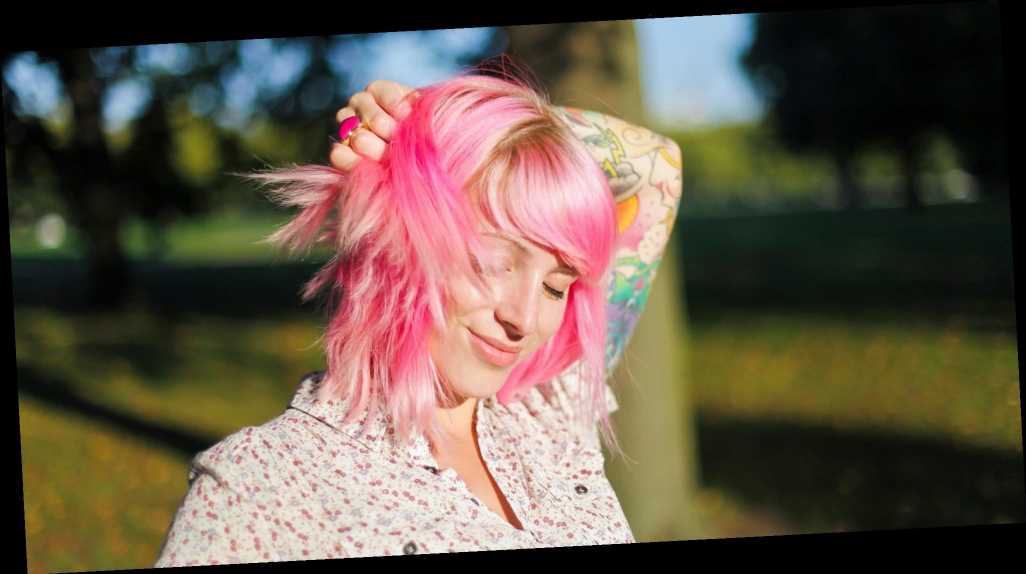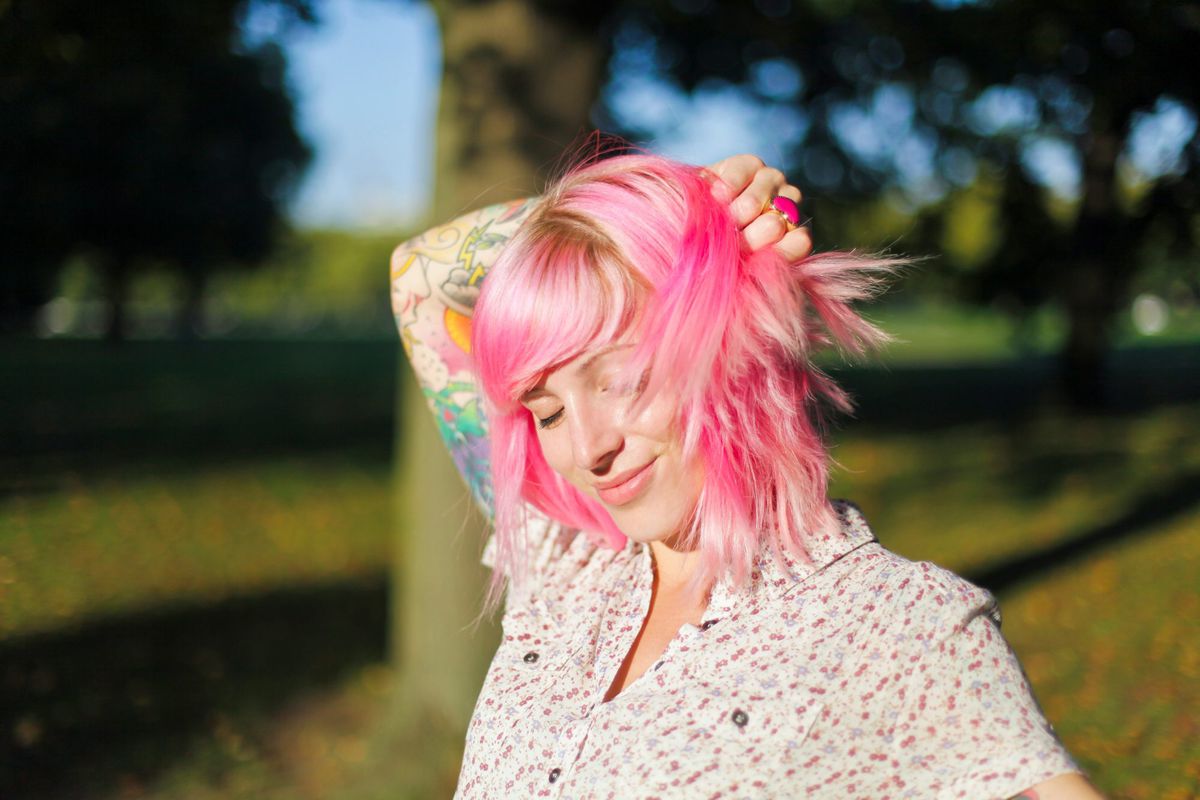Nowhere are old wives’ tales, conspiracy theories, and cultural superstitions alive and kicking quite like they are in the realm of pregnancy. These unwritten rules and theories are usually taken with a grain of salt — an eye roll, a shrug, or maybe even a patient smile, especially if they’re an elderly aunt who is referencing her own experience giving birth fifty years ago — but once the safety or health of the baby is called into question, all bets are off, and the ‘what ifs’ begin.
For today’s expectant mamas, the questions swirling around hair dye and their chemical formulations are persistent common concerns. So, we asked Jessica Shepherd, M.D., ob-gyn at the University of Illinois Chicago and Ceek Women’s Health ambassador, to break down everything expecting women need to know about hair dye and pregnancy.
What’s the cause for concern?
People who color their hair are well acquainted with the occasional, unpleasant whiff of fumes that float through the air once the color is applied. This science-experiment smell is due to the dye’s powerful coloring agents, including ammonia and peroxide, which are commonly found in dye formulations to spark the oxidation process to alter the hair’s color.
It’s natural that the presence of such strong chemicals in hair dyes would have women second-guessing the safety of their double process, but you can rest assured that the concentration of chemicals found in hair dye is very low and “not highly toxic,” says Dr. Shepherd. One 2008 study from the National Institute of Health found that "human exposure to chemicals from hair dyes or hair products results in very limited systemic absorption, unless there are burns or abscesses on the scalp" — meaning that these chemicals are "unlikely to reach the placenta in substantial amounts to cause harm to the unborn fetus."
In fact, hair dyes are safer than ever, thanks to a more woke consumer base as well as careful monitoring by the FDA. As a result, many dye ingredients over the years have been flagged as harmful and rightfully discontinued, like formaldehyde, or are limited by the FDA for use only in low, safe percentages, like lead acetate, to ensure that each dye formulation is perfectly safe to give you vibrant color — and nothing else.
Can I use hair dye while pregnant?
Simply speaking: yes, it is safe to color your hair while pregnant because the dye isn’t in contact with your scalp for a long enough period of time to cause harm.
“A small amount of chemicals can penetrate, but not enough to pose harm to your developing baby,” explains Dr. Shepherd. Some more conservative doctors may advise against coloring hair in the first 12 weeks of pregnancy since the first trimester is full of key developmental milestones for your baby, ”however, there are no studies showing it’s harmful to the baby,” Dr. Shepherd says.
If you’re still uncomfortable, don’t be afraid to ask your doctor for their take, then decide what route is best for you and your child.
Should pregnant women take extra precautions?
To really minimize the potential risk of skin irritation, there are a few extra steps pregnant women can take out of an abundance of caution. First: protect the color you already have by using a shampoo and conditioner for color-treated hair and adding a color-preserving hair mask into your weekly routine.
And while there are plenty of at-home box color options available, it’s generally best to leave a permanent dye job to the experts and go to your regular colorist and salon to ensure the dye is removed properly and after the correct amount of time. Let your colorist know that you’re pregnant, and request a chair in the salon’s most ventilated spot.
If you can swing it, skip the root touch up and opt for high-shaft balayage, so the dye is applied just below the root and won’t touch your skin at all.
Are there safer alternatives to traditional hair dye?
In today’s wellness-minded world, there are several terrific natural at-home box hair dye options from reputable brands, unlike the natural alternatives of yore. Schwarzkopf Simply Color Permanent Hair Color ($10; amazon.com) is flush with nourishing oils and free of the controversial ingredients: ammonia, silicones and alcohol. If you prefer to go the chemical-free route, you can also try cult favorite Madison Reed Radiant Hair Color Kit ($27; ulta.com), the natural hair dye pioneer, offering the original “6-free” formula.
“If you are going to dye your hair or bleach your hair yourself, make sure you use gloves and follow directions carefully — and make sure that you’re thoroughly rinsing after every application of hair dye,” cautions Dr. Shepherd. And as any good hairstylist would also recommend: “Don’t color excessively.”
And while at-home results won’t last quite as long as a salon dye job, nor will the color be as nuanced, they definitely do the trick to camouflage roots and greys and will carry you across the nine-month finish line.
If you’re still concerned, Dr. Shepherd suggests semi-permanent hair dyes, which contain an even lower percentage of chemicals, or henna, which is a completely chemical-free vegetable dye. For a temporary, daily solve, you can hide root growth with a tinted dry shampoo, like Moroccanoil's residue-free option for both dark and light tones ($26; sephora.com), or a root concealer, like the Magic Root Cover Up from L'Oreal Paris ($11; ulta.com), in your natural hair tone and blend, blend, blend.
Source: Read Full Article

